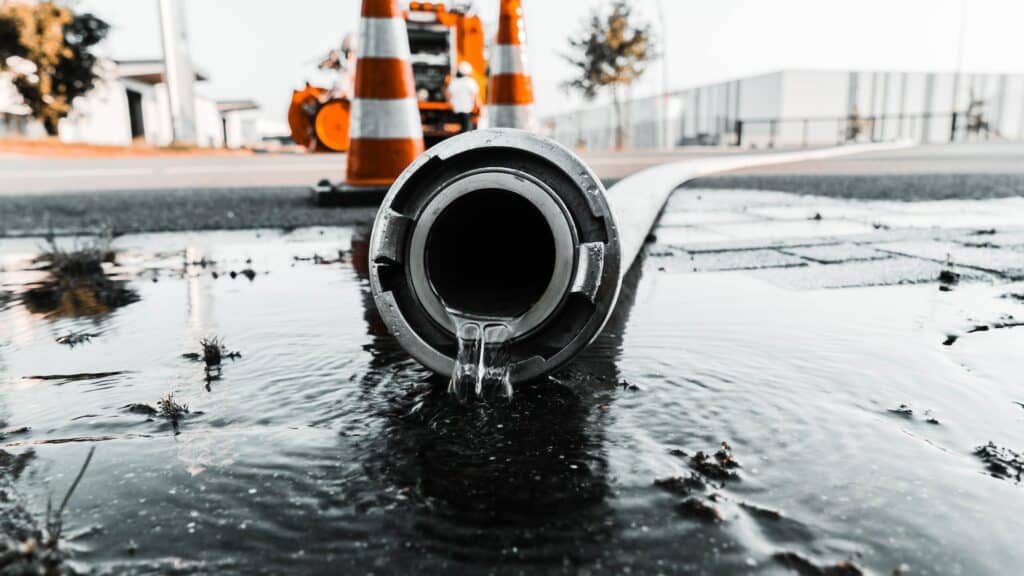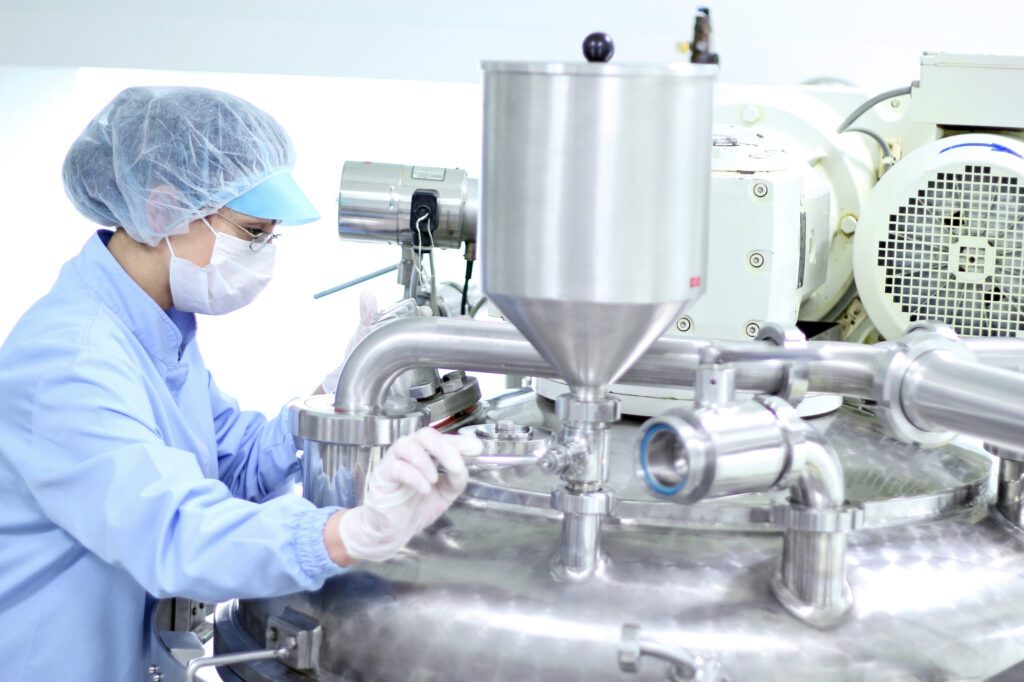Breathable compressed air is used in countless areas so that users can breathe healthy air in an environment where this is not possible. However, various particles that can harm health can pollute it. Regular analysis is therefore essential. Also note that there is a regulation in Quebec (RSST) which indicates that an analysis must be carried out every six (6) months, according to the CSA Z180.1-00 standard.
Why is it important to analyze compressed breathing air?
The analysis of breathable compressed air ensures that it is safe and healthy. Compressed air is often used in different working environments. However, without proper filtering and treatment, it may contain contaminants such as particles, moisture, harmful gases, bacteria and viruses, which can cause damage to the health of workers who inhale it.
Workers exposed to high levels of contaminants found in compressed air can develop health problems such as respiratory illnesses, headaches, fatigue, dizziness, confusion, and nausea. Therefore, occupational health and safety standards require that any compressed air used for breathing be regularly tested and analyzed to ensure it is safe.
By analyzing compressed breathing air, it is possible to identify contaminants and take steps to reduce or eliminate their presence. This may include installing filtration systems, cleaning vent lines, reducing compressed air pressure, and using appropriate respiratory protective equipment for workers exposed to high levels of contaminants. .
Regular scanning can also help prevent workplace injuries and illnesses, improve worker health and safety, and reduce costs associated with health care and disability benefits.
Where is compressed breathing air used most?
Breathable compressed air is commonly used in many areas where workers may be exposed to harmful gases or airborne particles. Here are some of the areas where it is often used to provide clean, fresh and healthy air to workers in hazardous environments:
- The oil and gas industry: workers in this sector are often exposed to toxic and flammable gases, as well as airborne particles during the extraction and processing of raw materials;
- Welding work: welders are exposed to toxic fumes and airborne particles during the welding process;
- The mining industry: workers in this sector can be exposed to toxic gases, particles suspended in their environment and extreme temperatures during the extraction of minerals;
- Painting: workers in this sector may be exposed to toxic fumes and airborne particles during the paint spraying process;
- The Chemical Industry: Workers in the chemical industry may be exposed to toxic gases and hazardous chemicals during the manufacturing process.







About The Author: Cedric Pharand
More posts by cedric Pharand